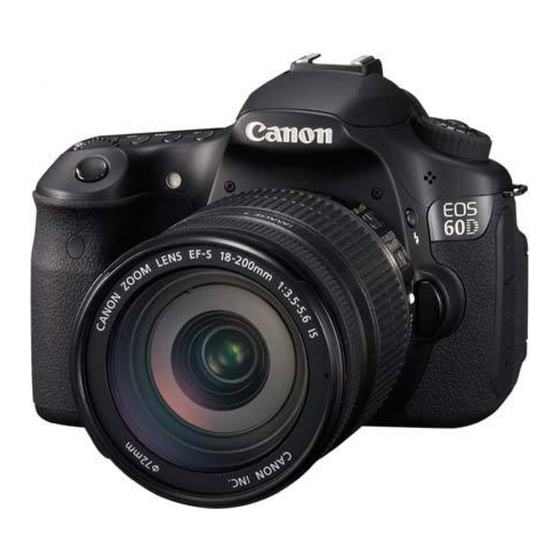Solution: Turn stabilizer on, located below the focus options on the left side of the lens.
It is always best to turn stabilizer on while doing handheld/shoulder mount shots and to
turn it off while the camera is on a tripod.
Problem: I am having trouble focusing my image.
Solution: Make sure to use the digital zoom in order to help you achieve focus. The
digital zoom button is a magnifying glass with a plus in the middle, located in the upper
right corner on the back of the camera. Once the LCD screen is turned on, there will be
a white box somewhere on the screen. You can move this box with the main scroll
wheel to position it over your subject. Pressing digital zoom once will crop the image by
a factor of 5, twice will crop it by a factor of 10.
Menu Operations
Problem: The camera is powering off too frequently while I am using it.
Solution: Select menu, scroll to the right until you find Auto power off and then set it to
your desired time. Often this will already be set for 1 or 2 minutes of inactivity.
Problem: The LCD screen is too dark or too bright.
Solution: Select menu, scroll to the right until you find LCD brightness and adjust the
level. If you are in a sunny environment, the best thing to do is to cast a shadow over
the screen in order to better view the image.
General Settings
Problem: My image is too dark.
Solution: There are multiple approaches to this. The first is to make sure your fstop is
set to a low number in order to let more light into the image. The second is to reduce the
shutter speed if it is too high. You generally want to keep shutter speed at twice the
frame rate number. The third option is to increase ISO, located on the top right of the
camera. However, increasing ISO will add more grain (noise) to your image. The best
lenses for dark settings are the ones that can't zoom, like our Canon and Rokinon
35mm lenses. This is because they allow the aperture to open much wider than the
zoom kit lenses (F1.4 as opposed to F4).

